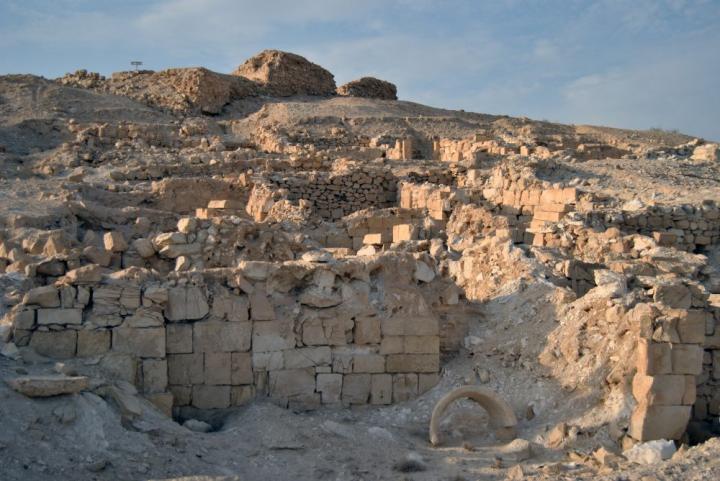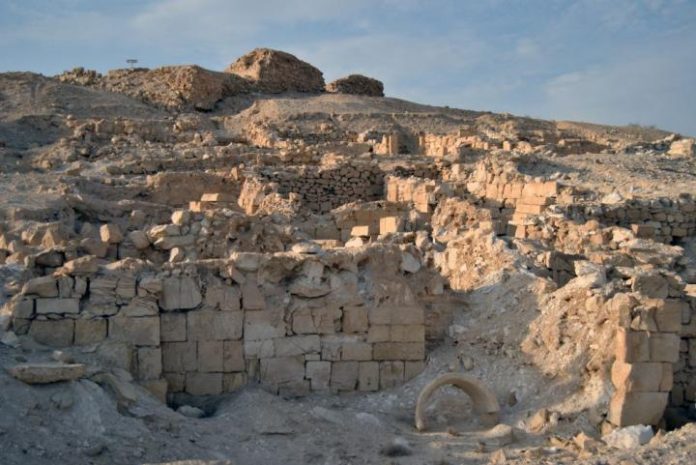
Photo: The village of Nessana as it stands today in the Negev Desert, Israel.
view more
Credit Image: Don Butler (2020)
Trash heaps in Israel reveal agricultural shifts during the Roman Imperial Period and Late Antiquity.
###
Article Title:
“Byzantine–Early Islamic resource management detected through micro-geoarchaeological investigations of trash mounds (Negev, Israel)”
Funding:
This research was funded by the European Research Council under the European Union’s Horizon 2020 Research and Innovation Program (grant number 648427 to GB-O) and the Israel Science Foundation (grant number 340-14 to GB-O). DHB was supported by postdoctoral fellowships from the University of Haifa Graduate Studies Authority, the University of Haifa Department of Maritime Civilizations, and the University of Alaska Fairbanks. ZCD was supported by the Dan David Scholarship: Archaeology and the Natural Sciences. Research was conducted under licenses from the Israel Antiquities Authority (Elusa: G-69/2014, G-10/2015, G-6/2017; Shivta: G-87/2015, G-4/2016; Nessana: G-4/2017). The funders had no role in study design, data collection and analysis, decision to publish, or preparation of the manuscript.
Competing Interests:
The authors have declared that no competing interests exist.
Article URL:
https:/
TDnews (tunisiesoir.com)















